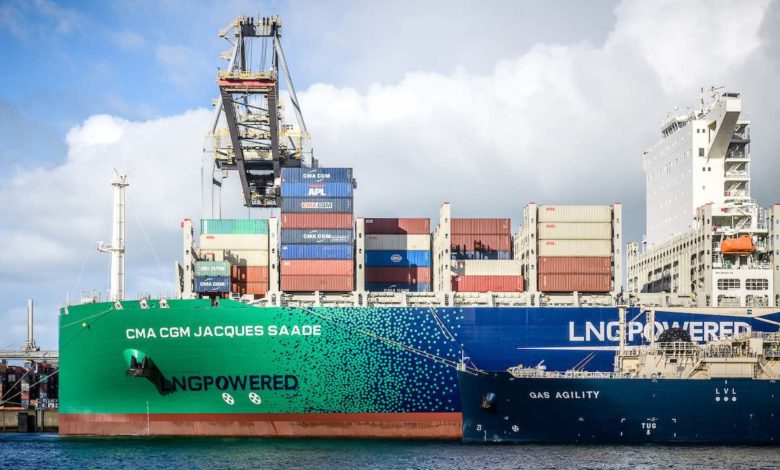Marine LNG and the regulatory race of alternative fuels

Current EU regulations enable the use of LNG as a ship fuel until 2040, and there’s no indication this will change despite conflicting opinions on how it will impact 2050 goals, writes Stuart McAlpine, global head of marine projects at Ince.
The FuelEU Maritime initiative published in July 2021 as part of the EU’s Fit-for-55 suite of regulatory proposals is expected to enter into force in 2025. The final text is expected later this year, but as it stands, it puts the sector on track for decarbonisation by 2050 with marine LNG acceptable as a ship’s fuel until 2040.
The drafting of the regulation has led to commentary that LNG uptake will accelerate sharply as restrictions bite on other oil-based marine fuels first, with one report proposing that LNG is likely to soon become the cheapest ‘alternative’ fuel.
This situation will likely continue until 2040, as new fuels such as methanol and ammonia will be competing on a well-to-wake CO2-equivalent emissions basis that takes into account full lifecycle emissions of CO2, methane, and nitrous oxide.
From 2040 there would be a ban on natural gas as opposed to a ban on LNG dual-fuel engine technology. To remain compliant, LNG-fuelled vessels could either switch to bio-methane or e-LNG, or purchase credits from other vessels under the forthcoming Emissions Trading Scheme.
The EU’s perception of LNG as a key cross-industry stepping stone to decarbonisation is seen in other regulations published this year. As drafted, the EU Taxonomy Regulation does not appear to directly relate to LNG as a marine fuel, but it paves the way for land-side industries to also use it during their decarbonisation transition.
Subsequent clarifications of the Taxonomy Regulation, including the First Delegated Regulation and the Complementary Delegated Act, also indicate that natural gas use will be accepted for economic activities where there is no technologically and economically feasible low-carbon alternative.
The EU Taxonomy Regulation will also have an impact on the use and supply of LNG as a marine fuel. LNG demand will increase substantially as a result of the combined set of regulations, and this will likely have a positive impact on the price and availability of LNG as a marine fuel.
There has been strong criticism of the EU’s goal-based approach because it gives LNG technologies – including marine LNG – a strong boost, and this will be detrimental to the uptake of more sustainable alternative fuels as LNG will simply outcompete them on price. Synthetic fuels could therefore struggle to be competitive without specific incentives driving their adoption.
There is some suggestion that the EU’s current approach will directly undermine the objective of the EU Climate Law to achieve climate neutrality by 2050, the EU Smart and Sustainable Mobility Strategy to deploy ocean-going zero-emission vessels by 2030, and the EU Hydrogen Strategy aiming to deploy hydrogen-based solutions in the maritime sector.
To counter this, there is a push from some quarters to see marine LNG-fuelled vessels become non-compliant by 2035. However, when the European Council Transport Ministers outlined the latest amendments to the FuelEU Maritime draft text on 2 June 2022, they noted that the regulation aims to increase demand for and consistent use of renewable and low-carbon fuels in the maritime sector, while ensuring the smooth operation of maritime traffic.
While it remains to be seen whether the text of the FuelEU Maritime proposal will be amended further to become more ambitious, the most recent indications do not raise expectations and, for now, the shipping industry can expect marine LNG to remain a viable fuel choice until 2040.
